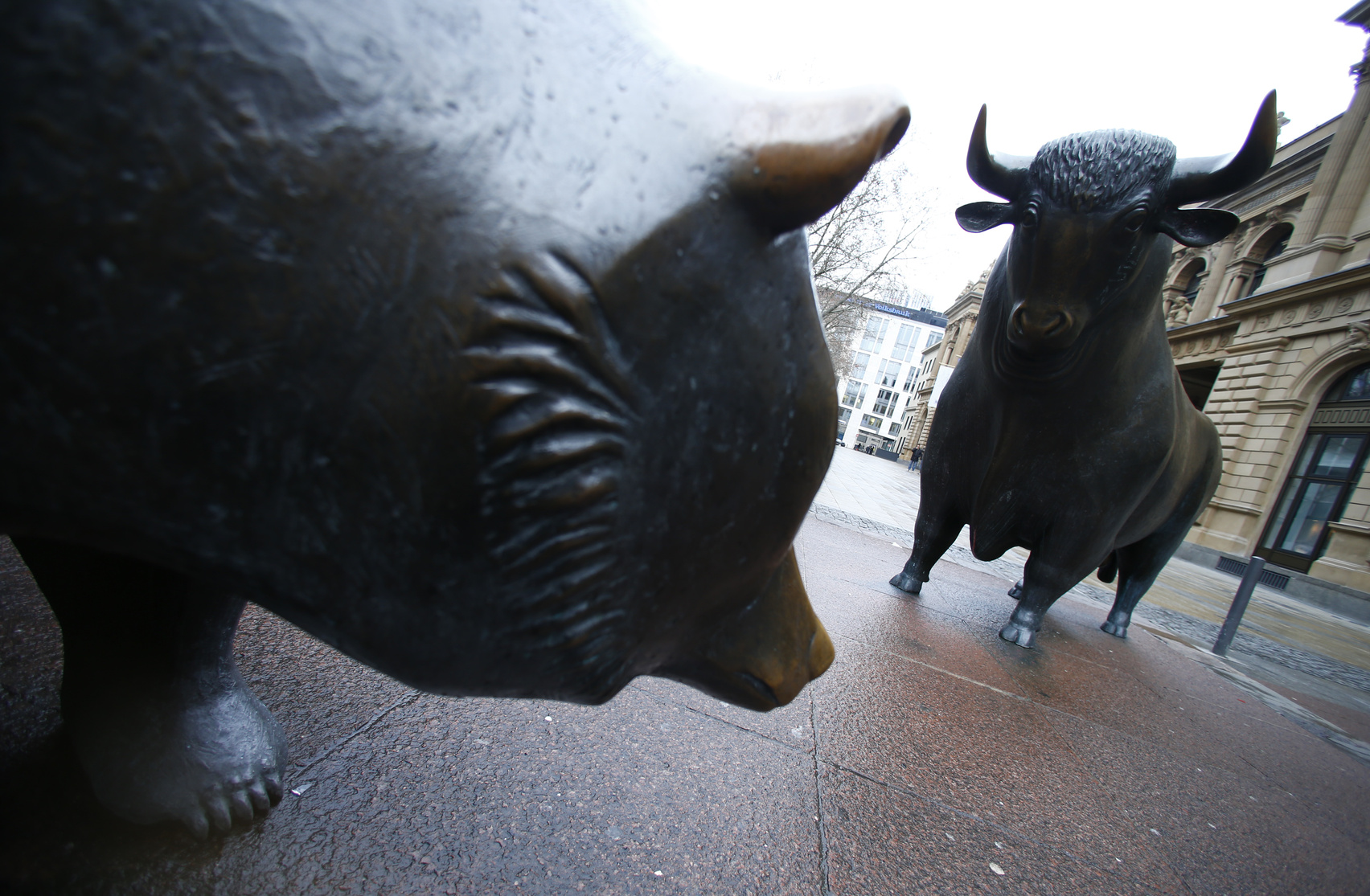The stock market surge after the economic shock of the pandemic gave rise to a historic increase in retail investors. Surging share prices, unexpected extra cash from stimulus checks and the sudden popularity of meme stocks brought in a new sort of trader, one who was less focused on fundamentals and looking more at a moonshot.
The markets, though, aren’t what they were a short time ago. All major indices have lost much of the gains they made in the past year, and that’s testing the nerve of individual investors. And more and more, they’re quietly backing away from the stock picking game.
It’s not a complete retreat, but it’s pretty close. Since the market sell-off resumed in mid-August, retail investors have largely held on to just two companies—Apple and Tesla—according to Vanda Research. As of late September, those companies made up an estimated 34% of the average retail investor’s holdings.
“Our Retail Capitulation Index shows that odds of retail investors throwing in the towel have increased – but not to levels that would mark the equity market bottom,” the company said in a late September tweet.
Day earlier, it noted that there was increased “bearish sentiment across retail traders” and noted that there was an increased conservative investing philosophy by them, to hedge their exposure to equities.
Another sign individuals are spending less time investing on their own? Online searches for stock prices are now back to pre-pandemic levels. That’s an inexact science, of course, but does act as a proxy for retail interest.
Part of the reason for that is the resumption of normal life. During the lockdowns, people had more cash on hand since there were fewer places to spend it, and more free time. The thrill of meme stocks (and the skyward trajectory of markets) kept some hooked through 2021 and early 2022, but as the era of free money ends and people have less time on their hands, the habits of many retail investors have shifted.
Robinhood, in many ways, led the most recent charge of retail investors by making it exciting to buy stocks (and, more importantly to many new investors, eliminated transaction fees). But the company in June had 7 million fewer investors than it did a year prior. They’re not alone. Charles Schwab saw its average daily number of retail trades slow to 5.5 million in Q3 (compared to 8.4 million at the height of retail investing). And Morgan Stanley was down 15% in Q3 from a year ago, averaging just over 800,00 trades a day, roughly half of its peak.
Meanwhile, TD Ameritrade’s Investor Movement Index, which tracks the sentiment of retail investors, currently sits at 4.5%, less than half of the high it set last year.
That’s not likely to improve soon, either. After September’s 75 basis point increase by the Federal Reserve, retail investors began selling at a heavy pace. And in the last week of that month, they unloaded $2.4 billion worth, according to JPMorgan.
And the Fed is showing no signs of taking its foot off the gas when it comes in interest rates.
The views and opinions expressed herein are the views and opinions of the author and do not necessarily reflect those of Nasdaq, Inc.
Image and article originally from www.nasdaq.com. Read the original article here.

